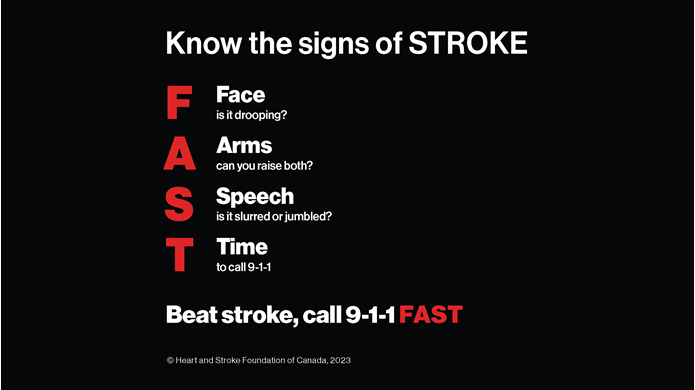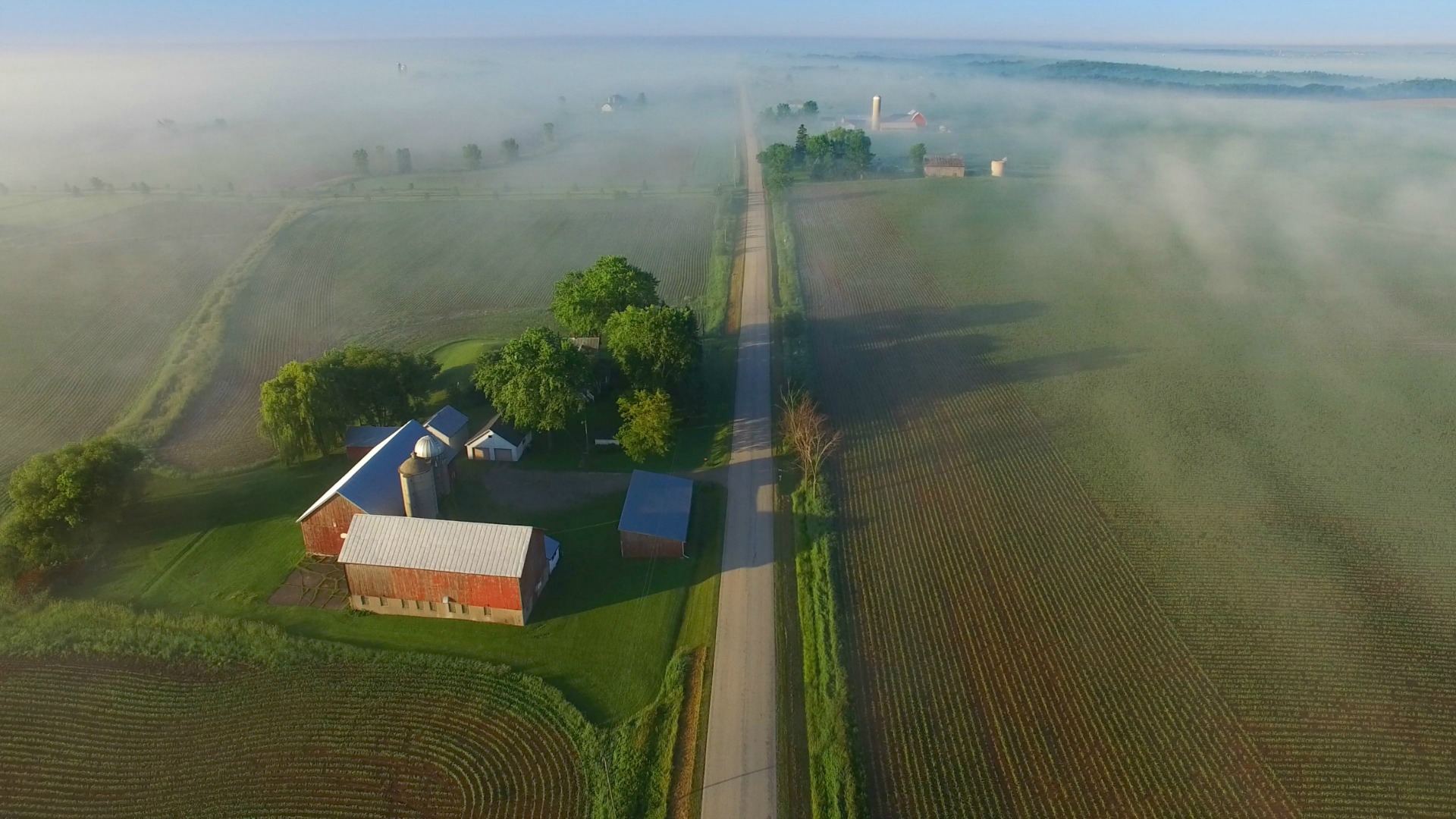For every minute a stroke goes untreated, 1.9 million brain cells die. To put that into perspective, you slough off about a million skin cells every day, but that’s over 24 hours. And as important as skin cells are, you don't rely on them to move, talk or think.
Stroke is an emergency. An estimated 62,000 strokes happen in Canada each year — that’s one every nine minutes. Close to 20% are fatal during the first 30 days after the stroke happens.
The sooner you arrive at a hospital during a stroke, the higher your chances of survival and a positive recovery. But too many Canadians are not getting treated for stroke fast enough. We wanted to know why.
We began our study wondering whether Canada’s geography was posing a barrier. Our country has hundreds of emergency centres that can treat stroke patients: among Canada’s 638 hospitals, 119 are advanced stroke centres that offer CT scans and clot-busting medications, and 42 are comprehensive stroke centres equipped with fully functioning stroke units.
But how easy is it for Canadians to reach these centres? To find the answer, we plotted the addresses of all 161 advanced and comprehensive stroke centres and the location of ambulance stations, along with every residential address reported in the last census. Then, we factored in roads, speed limits and access to highways.
Findings are good news
Our study found that despite our country’s vast geography, more than 85% of Canadians live within six hours road access to a specialized stroke centre, meaning emergency medical services (EMS) can get them there in time to receive life-saving treatments.
The clot-busting drug alteplase (tPA) restores blood flow to the brain and can minimize the effects of stroke. But it needs to be administered within 4½ hours of your first symptoms. Other breakthrough treatments, like endovascular therapy to remove a blood clot, can extend treatment times to roughly six hours. But because this is such a technical procedure that requires doctors with specialized training and equipment, it’s available in fewer locations.
The ranges of travel time to a specialized stroke centre vary across provinces and, as you might expect, provinces with a lot of rural areas, where residents are more spread out, have reduced accessibility.
Opportunities to increase access
While the study results indicate that most Canadians may be able to get to a centre in time, there are factors in addition to people recognizing and reacting to stroke signs that can impact access to timely stroke treatment.
Canada’s geography, challenging landscapes and climate make it almost impossible to get all patients to hospital in early enough time frames for treatment — even with systems improvements that lead to fast door-to-treatment times. People living in rural and remote locations in general have challenges accessing emergency medical services for any urgent conditions. Plus, rules in some jurisdictions limit the ability of EMS to cross certain boundaries.
Similar patterns of access limitations have been seen in cardiac emergencies and in trauma care.
There is an opportunity here: Coordinated systems of care and ambulance bypass agreements continue to evolve to ensure maximal access to time-sensitive emergency stroke services.
From here, we can work with provinces to improve accessibility and communication, to identify more communities that would benefit from extra emergency stroke centres, and to work to improve survival rates for all Canadians.
Recognizing a stroke is critical
What we’ve found is that surviving a stroke comes down to a short chain of events happening quickly. The person — or someone with them — needs to recognize the signs of stroke and call 9-1-1 or the local emergency number.
From there it’s a matter of getting to the right hospital — one that is equipped to provide specialty stroke care — in time, and ensuring that the hospital is ready to treat the patient as soon as they arrive. Having these steps in place, without large gaps of time, is critical when it comes to survival and a better recovery.
The biggest thing to remember is that when it comes to stroke, how you start has an impact on how you finish.
The biggest barrier to surviving a stroke in Canada is failing to recognize the signs. Too many Canadians still don’t know the signs of stroke, or ignore them until it’s too late. If you recognize these signs in yourself or someone else, call 9-1-1 immediately.

What’s inspiring is that the potential to save more Canadians from stroke exists. This study points the way forward to steps that will improve survival rates for all Canadians.
Dr. Patrice Lindsay is a co-author of this study and director of stroke at Heart & Stroke. The study is published in CMAJ Open.
Learn more about stroke:
- Recognize the signs of stroke FAST.
- Learn more about stroke prevention and treatment.
